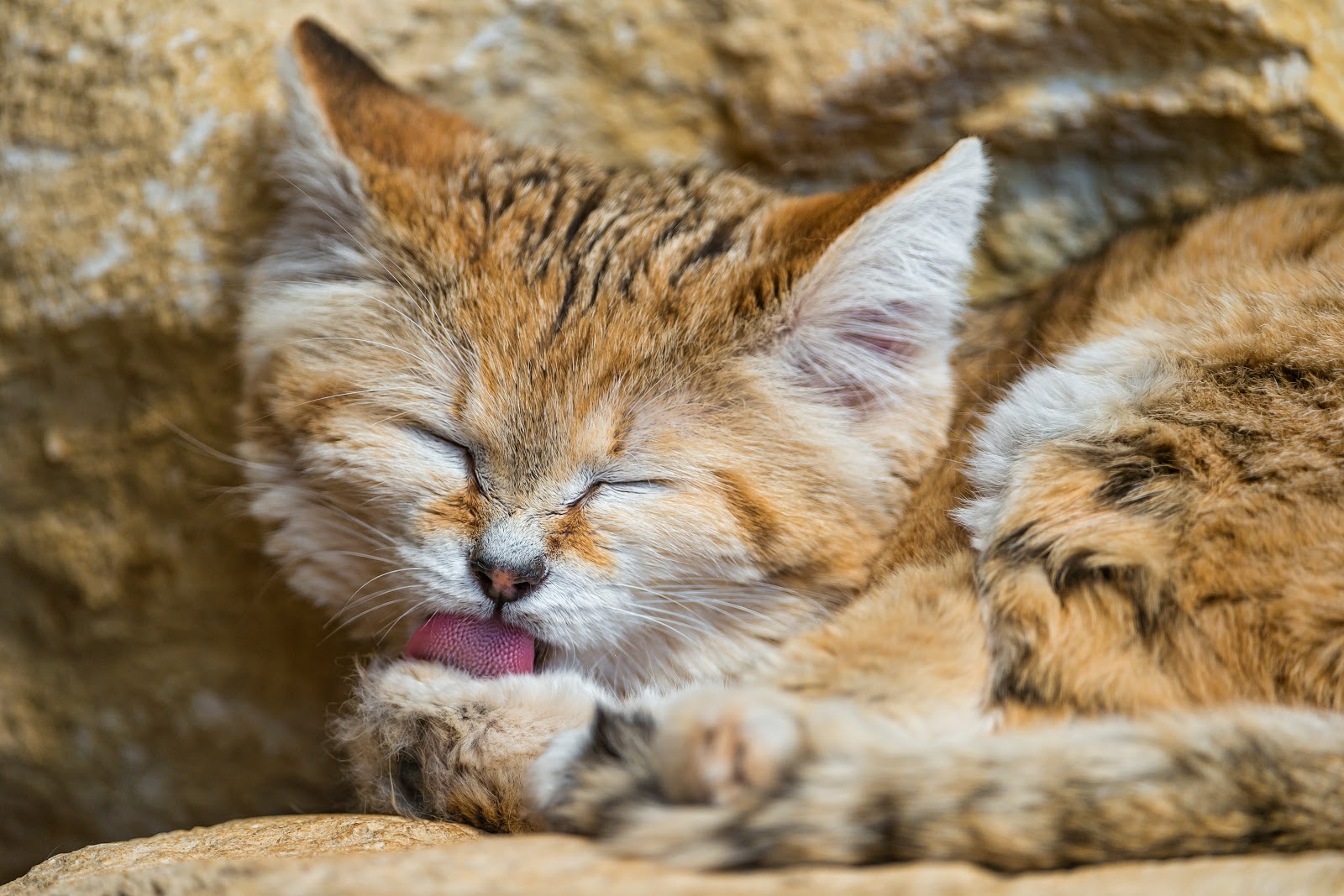Desert Sand Cat Facts

Sand Cat Felis margarita Cats Mammals.
Desert sand cat facts. For example in the Karakum Desert Central Asia the air temperature can exceed 40C 104F. Sand cat is beige light brown or grey in color. The lynx of the Greeks and Romans was most probably the caracal and the name lynx is sometimes still applied to it but the present-day lynx proper is a separate genus.
Their long tail is tipped with black and has two to three dark rings that alternate with a buff coat. Sand cats are somewhat challenging to maintain in captivity. The sand cat is a rarely-seen desert cat found in northern Africa and the Middle East.
Like most other desert animals they can survive for long periods of time without drinking. The sand cat lives in areas of sandy desert. The black-footed also lives in dry environments.
The temperature of the surface of the sand reaches an. The sand cat is the only cat that truly likes to live in a desert. The fur of the sand cat is a sandy colour.
The name caracal was proposed by Georges Buffon in 1761 who referred to its Turkish name Karrah-kulak or Kara-coulac meaning cat with black ears. Coat patterns vary markedly in this species with some having numerous spots and stripes and others having none. It lives in temperatures that can be higher than 40C Celsius which is 104F Fahrenheit.
Sand Cats weigh in at 4-8 pounds and reach lengths of 29-36 inches and heights of 10-12 inches. Sand cat is small animal that can reach 16 to 18 inches in length and 4 to 8 pounds in weight. It still needs to take in water of course like all living things but it is able to extract enough from its foods to sufficed for its needs.



















